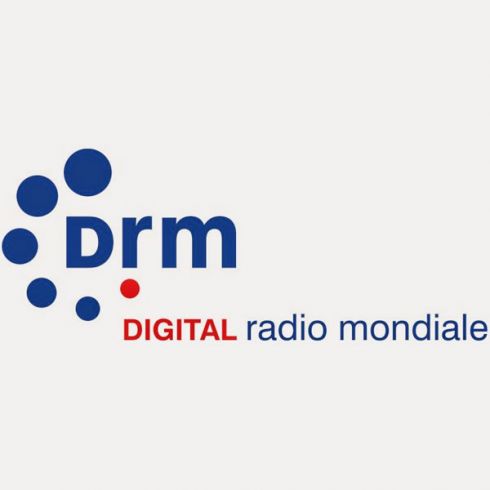
NEW DELHI: All India Radio has received kudos from Information and Broadcasting Minister M Venkaiah Naidu for successfully completed phase-I of the national DRM digital radio roll-out.
This involved the installation of 37 DRM transmitters, now operational, throughout the country. Of these, 35 are medium wave and two are shortwave transmitters. Both SW transmitters are for international service and are broadcasting in pure DRM. Out of the 35 MW transmitters, two are broadcasting in pure DRM, carrying two audio services in digital; the other 33 transmitters are working in simulcast mode. Out of these, 25 MW transmitters are working for 1 hour in pure DRM every day (Monday to Saturday). The transmission powers of these 35 transmitters are: 1000 kW (two), 300 kW (six), 200 kW (10), 100 kW (11) and 20 kW (six); two SW transmitters are 500 kW and 250 kW each.
As part of Phase II of the DRM introduction in the country, AIR is demonstrating the full complement of services which are part of the DRM standard. Phase-II of the DRM project by offering full features/services from these DRM transmitters and improves service quality.
With the finalization of Phase-II, the full-featured DRM services will finally be available to listeners. Also, a public information campaign will be initiated to inform the Indian citizens of the completely new and future oriented DRM radio platform and its many benefits.
The first steps of Phase II of the digital radio roll-out project are already visible and audible to listeners in Delhi. The DRM transmissions from Delhi/Nangli now provide excellent audio quality based on DRM’s xHE-AAC audio codec. It also includes DRM text messages and Journaline. The advanced text service Journaline provides detailed news of various topics to listeners – accessible on the radio set screen – free of charge, without requiring Internet access.
During Phase-II, most transmitters will carry a new DRM signal while still maintaining the analog AM transmission to support existing analog receivers (the ‘simulcast’ mode of DRM) – with all-digital transmissions available during certain times of the day.
This is made available in the simulcast configuration and with the most robust DRM transmission configuration, enabling increased in-door coverage.
Twenty-one DRM transmitters are now operating in pure DRM for one hour everyday, in addition to simulcast operation. The feedback received by AIR about the reception quality of DRM signals is very good.
AIR is planning to enhance the DRM service from Chennai, Pune and Bengaluru very shortly.
Phase-III, as presented by AIR, will eventually culminate in the complete transition of radio services to the digital DRM platform, improving the number and quality of radio services and extra features for the listeners, while also saving tremendous amounts of transmission power every year.
The Hyderabad-based Mobis Technical Center of India (MTCI) joined hands with NXP India, a global automotive semiconductor maker, to develop the digital radio broadcasting receiver that can cover the entire country for the first time in India.
Hyundai Mobis were in charge of receiver development and vehicle testing, and NXP took charge of semiconductor chip development. This product drastically improved radio broadcasting in India where only 40 per cent of the country is able to receive FM signals. It was highly recognized by the Indian Digital Radio Broadcasting Association.
In her message, DRM Consortium Chair Ruxandra Obreja has said: “According to the latest reports about AIR, DRM is stronger and better heard than ever, with some extra features that give the DRM the upper hand over analogue.”